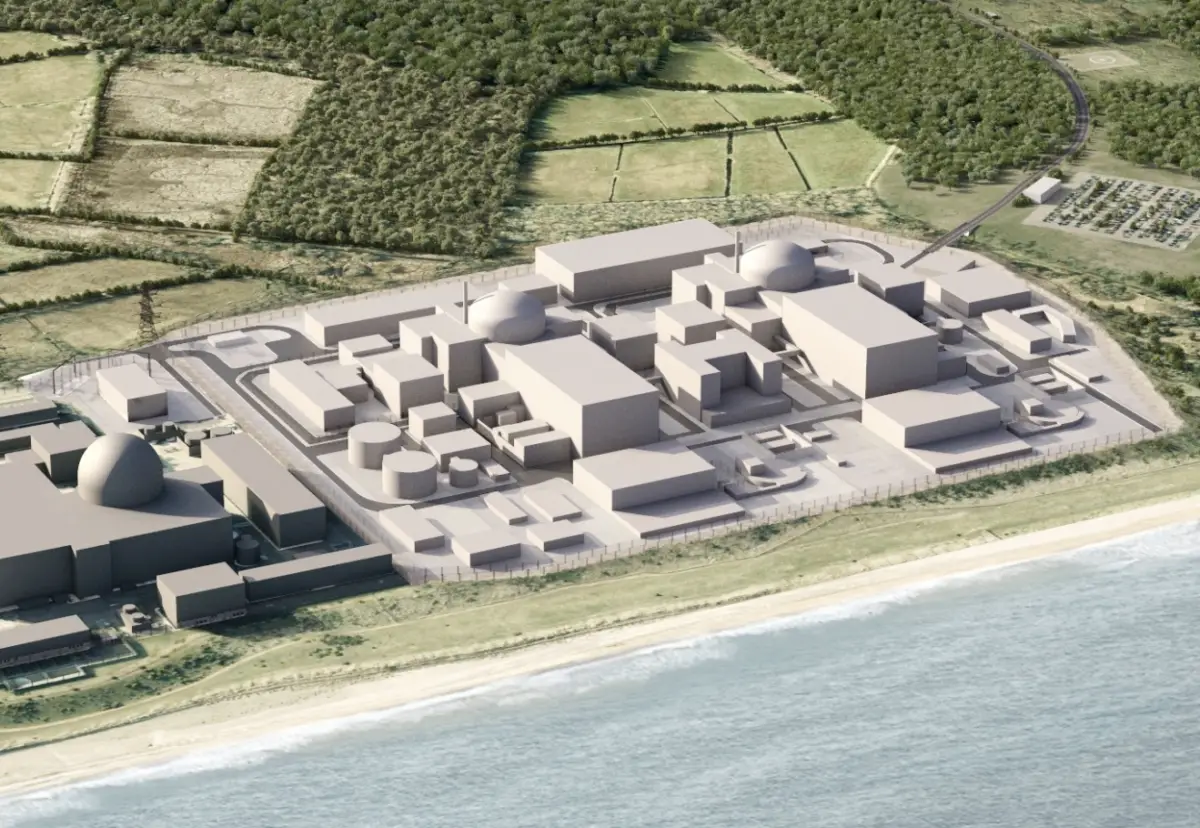In its energy security policy, announced, the UK government outlined intentions to develop eight additional nuclear power plants. It will also accelerate the delivery of offshore wind projects, with the goal of producing 10GW more than previously envisaged. However, the long-awaited energy policy falls short of robust measures to conserve energy and improve energy efficiency in existing buildings.
The eight additional nuclear power plants would help nuclear power supply up to 25% of UK electricity, or up to 24 GW, by 2050. The government intends to accelerate planning, with the goal of approving one proposal every year until 2030. This would entail supporting the building of two reactors at Sizewell C in Suffolk as the next new scheme following the 3.2GW Hinkley Point project in Somerset.
Wylfa in Anglesey and Oldbury in Gloucestershire have also been considered potential nuclear reactor sites. Small Modular Reactors will be an important element of the nuclear project pipeline, subject to industry preparedness in terms of technology. A single Rolls-Royce SMR power station would take up the space of two football fields and power approximately one million homes.
Read also: Regensburg Quarter Project in Nuremberg, Germany, in the Pipeline
Affordable, clean, and secure energy
The government has set a new target of up to 50GW of offshore wind energy by 2030, which is more than enough to power every home in the UK. Up to 5GW would come from newly engineered floating offshore wind farms in deeper oceans. The planned expansion will be supported by new planning reforms that will lessen approval times for new offshore wind farms from four years to one year, as well as an overall streamlining that will drastically shorten the time it takes for new projects to reach construction stages while improving the environment.
In addition, the government intends to enhance the UK’s current 14GW of solar capacity, which could be increased fivefold by 2035 and has vowed to consult on the rules for solar projects, notably on residential and business rooftops. It also boosts the UK’s target of producing up to 10GW of low-carbon hydrogen by 2030, with at least half of that capacity coming from green hydrogen and utilizing excess offshore wind power to reduce costs.
“We’re setting out bold plans to build up and accelerate affordable, clean, and secure energy made in Britain, for Britain – from new nuclear to offshore wind – in the decade ahead,” Prime Minister Boris Johnson said. This will lessen our reliance on power sources subject to variable worldwide pricing over which we have no control, allowing us to enjoy greater energy self-sufficiency while paying lower rates.”

